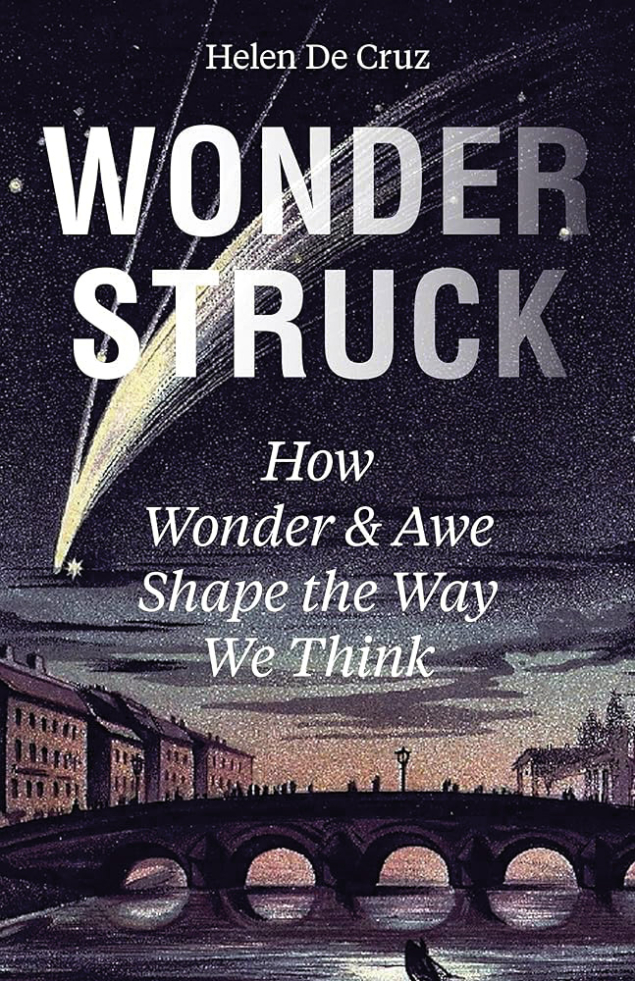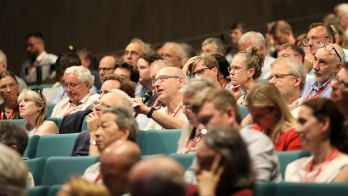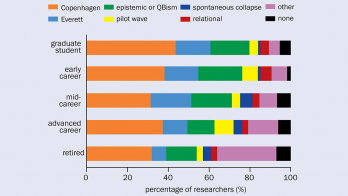Wonderstruck: How Wonder and Awe Shape the Way We Think, by Helen De Cruz, Princeton University Press

The wonder and awe that we sense when we look at the starry skies is a major motivation to do science. Both Plato (Theaetetus 155d) and Aristotle (Metaphysics 982b12) wrote that philosophy starts in wonder. Plato went even further to declare that the eye’s primary purpose is none other than to see and study the stars (Timaeus 47c). But wonder and awe also play a wider role beyond science, and are fundamental to other endeavours of human civilisation, such as religion. In Wonderstruck: How Wonder and Awe Shape the Way We Think, Helen De Cruz (Saint Louis University) traces the relationship between wonder and awe and philosophy, religion, magic and science, and the development of these concepts throughout history.
Essential emotion
De Cruz’s book is rich in content, drawing from psychology, anthropology and literature. Aptly for particle physicists, she points out that it is not only the very largest scales that fill us with awe, but also the very smallest, as for example in Robert Hooke’s Micrographia, the first book to include illustrations of insects and plants as seen through a microscope. Everyday things may be sources of wonder, according to philosopher and rabbi Abraham J Heschel, who has written on religion as a response to the awe that we feel when we look at the cosmos. Even hard-nosed economists recognise the fundamental role of wonder, she observes: Adam Smith, the famous economist who wrote The Wealth of Nations, believed that wonder is an essential emotion that underlies the pursuit of science, as it prompts people to explore the unknown and seek knowledge about the world. Although particle physics is not mentioned explicitly in the book – the closest instance is a quote from Feynman’s Lectures on Physics – the implications are clear. And while the sources quoted are mostly Western, other traditions are not ignored, with references to Chinese and Japanese culture present, among others.

The book also motivates questions that it does not address, some of which are especially interesting for fundamental physics. For example, modern human beings who live and work in cities spend most of their lives in an environment that alienates them from nature, and nature-induced awe must compete with technology-driven amazement. One can maybe glimpse that in outreach, where curiosity about technology sometimes, though not always, eclipses interest about the fundamental questions of science. While the book discusses this topic in the context of climate change – a reality that reminds us that we cannot ignore nature – there is more one can do with respect to the effects of such an attitude in motivating fundamental science.
At a time when large scientific projects, such as CERN’s proposed Future Circular Collider, are being considered, generating a lot of discussions about cost and benefit, this book reminds us that the major motivation of a new telescope or collider is to push into the frontiers of the unknown – a process that starts and finishes with wonder and awe. As such, the book is very useful reading for scientists doing fundamental research, especially those who engage with the public.








